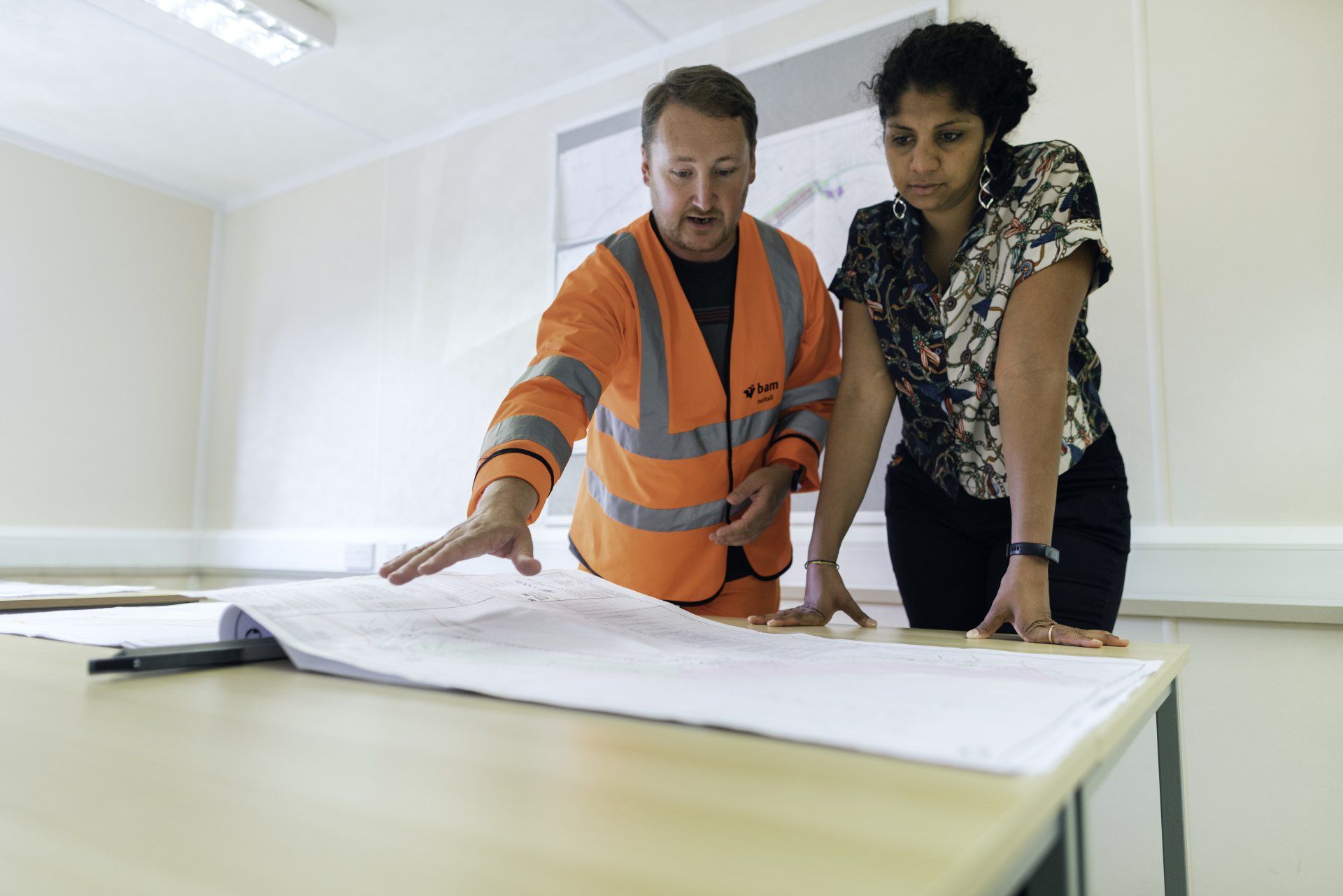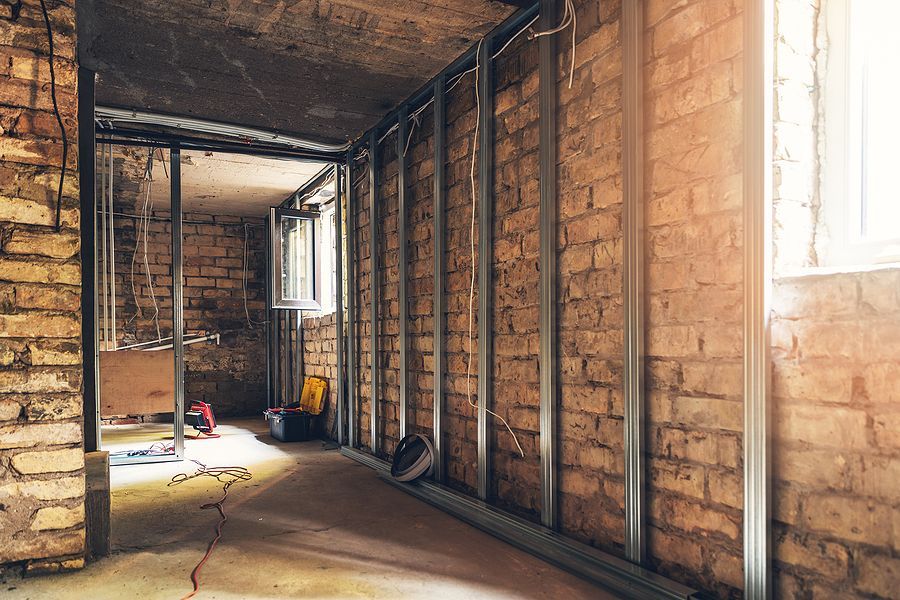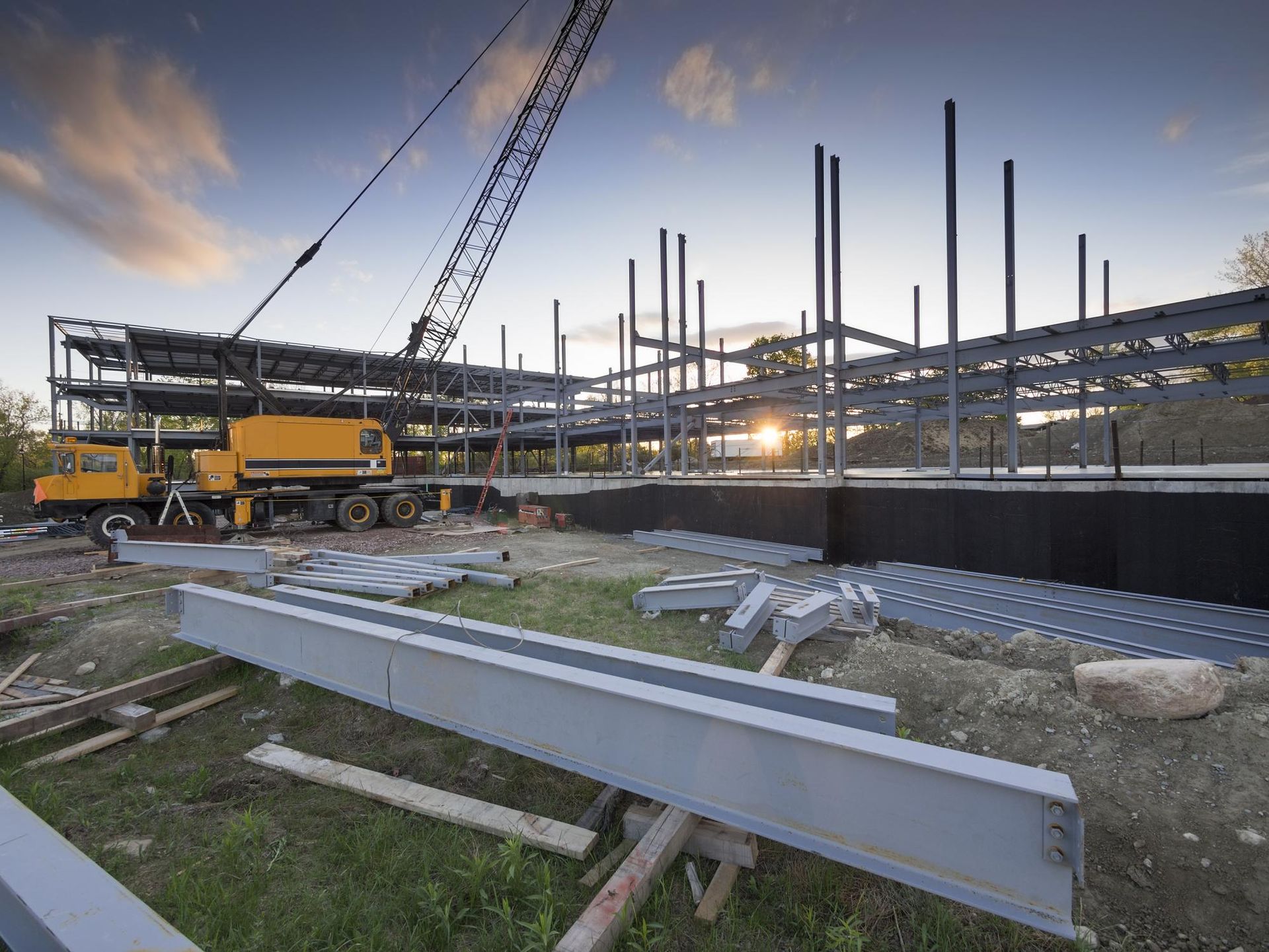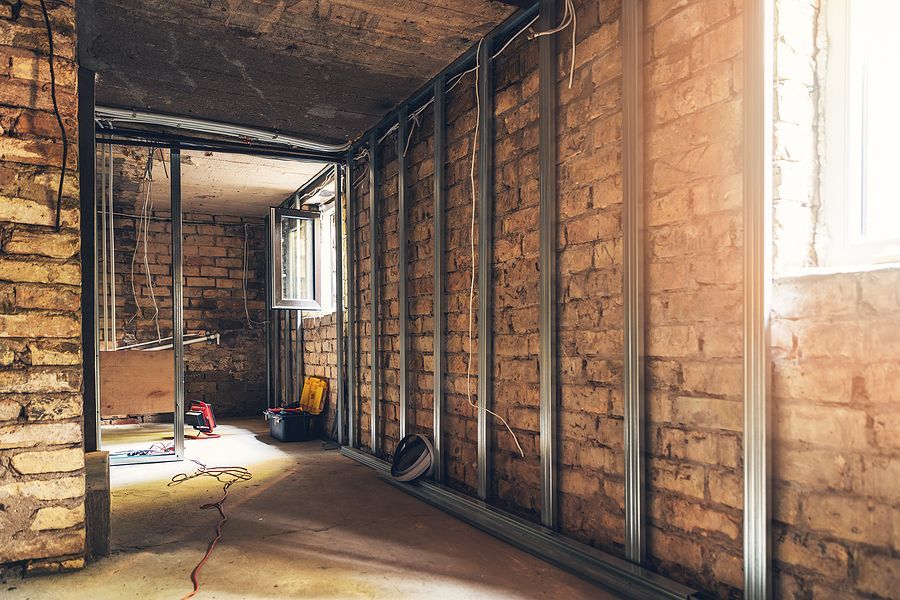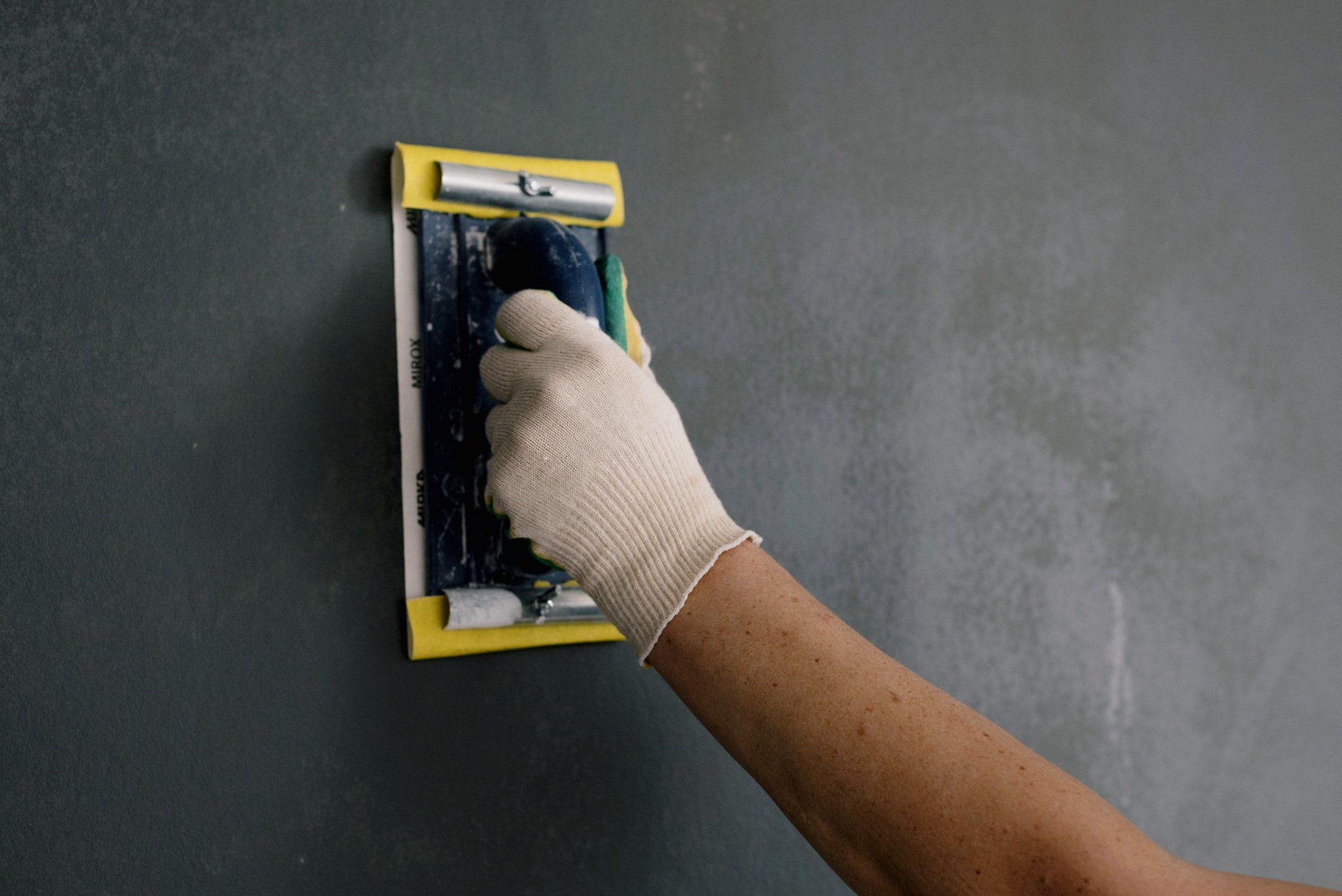Case Studies: Real-Life Foundation Leveling Success Stories
Stabilize and Secure: Transformative Foundation Leveling Success Stories from Homes and Businesses
Foundation leveling is a critical process aimed at correcting an uneven foundation, which can lead to a myriad of structural issues in a building. This procedure not only ensures the safety and stability of the structure but also helps in preventing future problems that could arise due to a compromised foundation. In this guide, we delve into real-life success stories of foundation leveling, showcasing the importance of this process in maintaining the integrity of buildings.
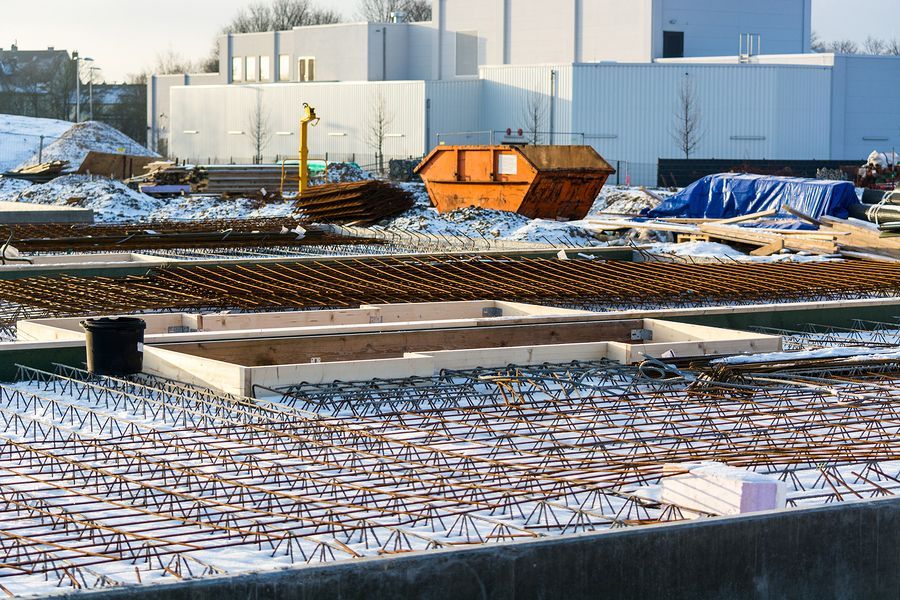
Understanding Foundation Leveling
Before we explore the success stories, it's essential to understand what foundation leveling entails. Foundation leveling is the process of adjusting the foundation of a building so that it is brought back to its original level. This is often necessary when soil settlement, soil expansion, or other factors cause parts of the foundation to sink or become uneven.
Success Story 1: The Historic Home Restoration
A historic home in a quaint town presented a significant challenge with its sinking foundation, causing noticeable tilting and cracking in the structure. The owners were keen on preserving the integrity of their beloved home without compromising its historical value. The foundation leveling process involved underpinning and hydraulic lifting to carefully raise the foundation to its original level. This meticulous process not only saved the home from potential ruin but also preserved its historical significance for future generations.
Success Story 2: The Commercial Complex Comeback
A large commercial complex began experiencing uneven floors and cracked walls, raising concerns about the safety of the occupants and the integrity of the building. The foundation had settled due to the heavy weight of the structure combined with the expansive clay soil beneath it. The solution involved slabjacking, a technique where a grout mixture is pumped beneath the slab to lift it back into place. This process not only stabilized the building but also allowed for business operations to continue without significant interruptions.
Success Story 3: The Suburban Home Renewal
In a suburban neighborhood, a family noticed that their home's doors and windows were becoming increasingly difficult to close, a telltale sign of foundation issues. A thorough inspection revealed that one side of the house was sinking due to poor soil conditions. The foundation leveling process involved the installation of piers to support and lift the foundation, effectively solving the problem and preventing further damage.
Success Story 4: The Waterfront Property Revival
A waterfront property faced the unique challenge of soil erosion undermining the foundation, exacerbated by seasonal floods. The solution required a combination of foundation leveling and soil stabilization techniques. Helical piers were installed to anchor the foundation securely, while erosion control measures were implemented to protect the soil around the property. This comprehensive approach not only leveled the foundation but also safeguarded the property against future erosion.
Techniques and Considerations
These success stories highlight the importance of choosing the right technique for foundation leveling, which can vary depending on the cause of the foundation issue and the type of structure. Common techniques include underpinning, slabjacking, and the use of piers or pilings. It's also crucial to address any underlying issues, such as poor drainage or soil instability, to ensure a lasting solution.
The Importance of Professional Assessment
One key takeaway from these case studies is the importance of professional assessment. Foundation problems can vary greatly, and a one-size-fits-all approach does not work. Experts in foundation repair can provide a thorough evaluation and recommend the best course of action, ensuring that the leveling process is both effective and efficient.
Conclusion
Foundation leveling is a vital process in maintaining the structural integrity of buildings. The success stories shared in this guide demonstrate the transformative impact of foundation leveling on various types of properties. By addressing foundation issues promptly and effectively, homeowners and property managers can protect their investments and ensure the safety and stability of their buildings for years to come.

